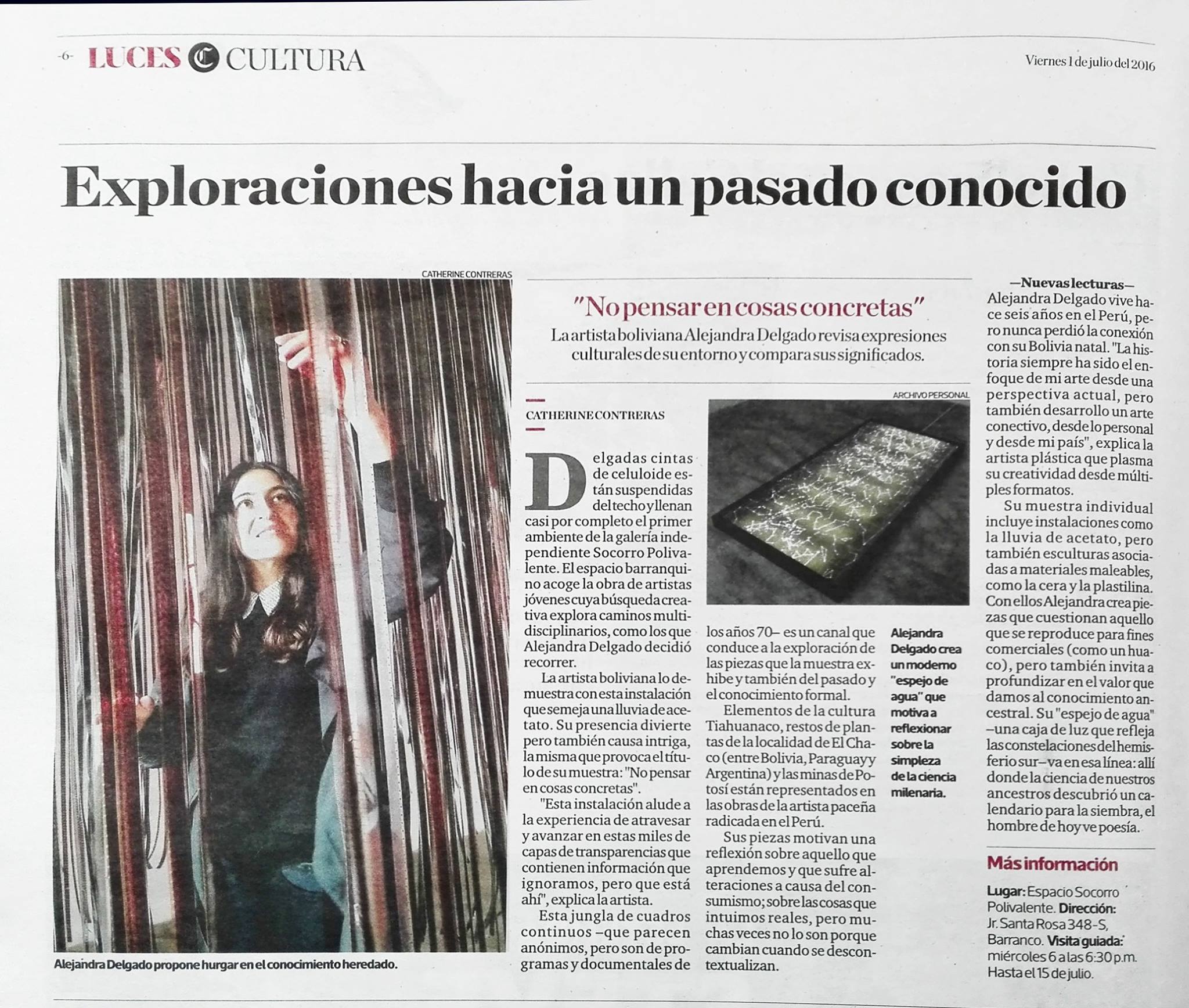Alejandra Delgado
NO PENSAR EN COSAS CONCRETAS
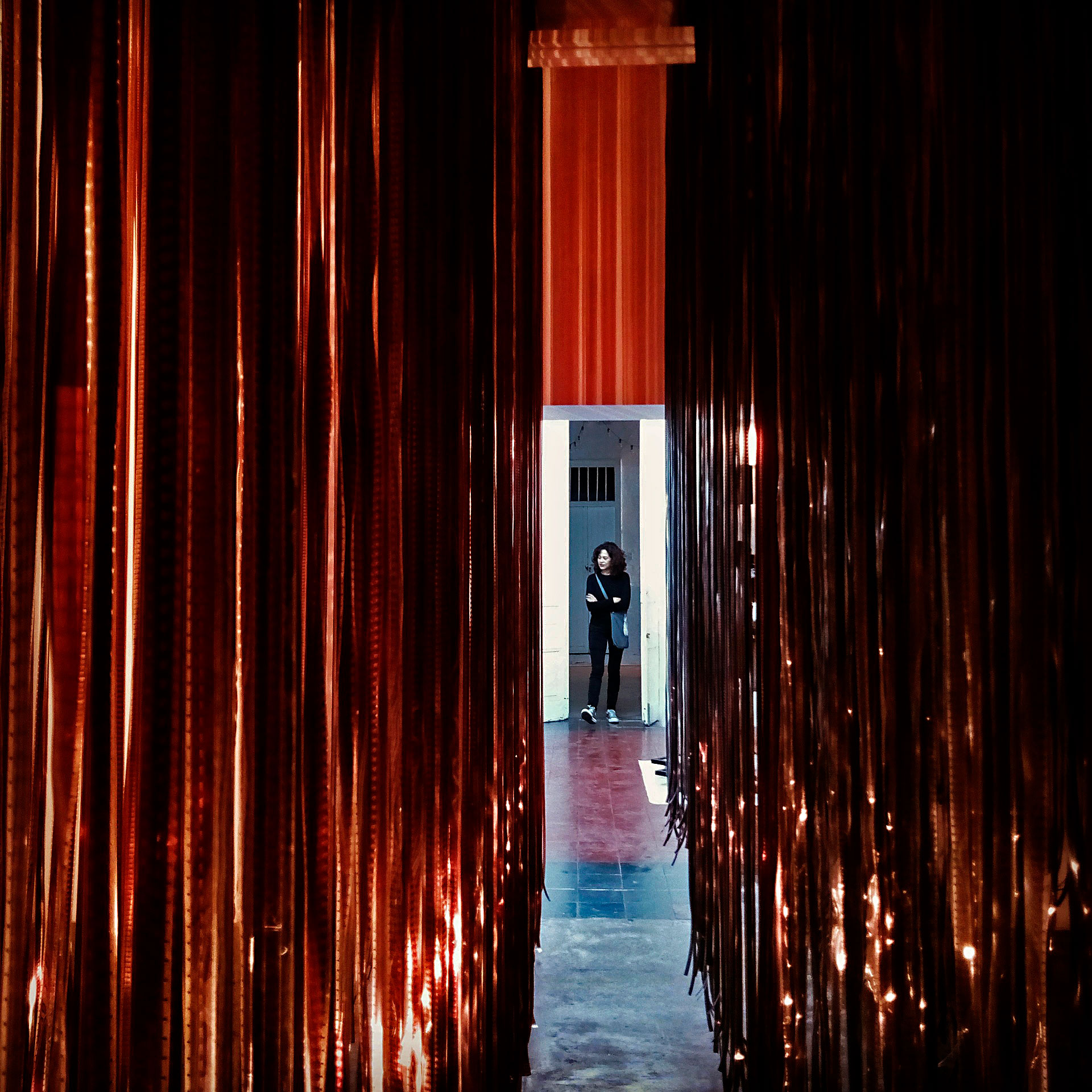
30.06.2016
Estamos en un presente que es capaz de acoger una multitud de escenarios y tener tiempos paralelos conviviendo. Es una posibilidad recurrente en prácticas artísticas traer paréntesis del pasado para cuestionar, ahondar y revisar. En este sentido, fijo la mirada en culturas antiguas del territorio geográfico que me circunda como mera casualidad de situación espacial, es decir que no acuso a un sentimiento nacionalista para validar esta elección.
Los trabajos presentados en No pensar en cosas concretas son propuestas que habitan por un lado el espacio etéreo y hacen del vacío un elemento primordial y por otro, están fuertemente unidas a material maleable que cuestiona aquello que reproduce: elementos característicos de una cultura, piezas líticas de ciudadelas, objetos icónicos que han sido procesados por el consumismo turístico y sufren alteraciones que resultan en híbridos descontextualizados. Existe también el interés de analizar estos elementos como si fueran muestras de un organismo que deben ser examinados clínicamente con una mirada que evalúa los procesos recorridos, la transformación y el interior de los cuerpos. Al Utilizar materiales dúctiles como la cera, parafina, resina y plastilina la reflexión sobre lo concreto e inamovible de conceptos alrededor de lo histórico se hace evidente. Las reproducciones llegan a ser piezas que hoy pueden mimetizarse con partes de alguna estructura actual.
La instalación de varias filas de cintas de películas de acetato alude a la experiencia de atravesar y avanzar en estas miles de capas de transparencias que contienen información que ignoramos pero que está ahí, como si al entrar en medio de estas capas se ingresara en una exploración con el objetivo de conocer algo.
We are in a present that is capable of of scenarios and have parallel times coexisting. It is a recurrent possibility in artistic practices to bring parentheses from the past to question, delve and review. questioning, deepening and revising. In this sense, I fix my gaze on ancient cultures cultures of the geographic territory that surrounds me surrounding me as a mere coincidence of spatial situation, that is to say that I do not accuse a nationalist feeling to validate this nationalist sentiment to validate this choice.
The works presented in No pensar en cosas concretas (Not thinking about concrete things) are proposals that inhabit on the one hand the ethereal space and make the void a primordial element and on the other hand, they are strongly linked to malleable material that questions
that which it reproduces: characteristic elements of a culture, lithic pieces of citadels, iconic objects that have been processed by tourist consumerism and suffer alterations that result in decontextualized hybrids.
There is also an interest in analyzing these elements as if they were samples of an organis as if they were samples of an organism that must be clinically examined with a gaze that evaluates the processes traversed, the transformation and the interior of the bodies. By using ductile materials such as wax, kerosene, resin and plasticine, the reflection on the concrete and immovable concepts around the historical becomes evident. The reproductions become pieces that today can mimic parts of a current structure.
The installation of several rows of acetate film strips alludes to the experience of going through and advancing through these thousands of layers of transparencies that contain information that we ignore but that is there, as if by entering the middle of these layers one enters into an exploration with the objective of knowing something.
Alejandra Delgado

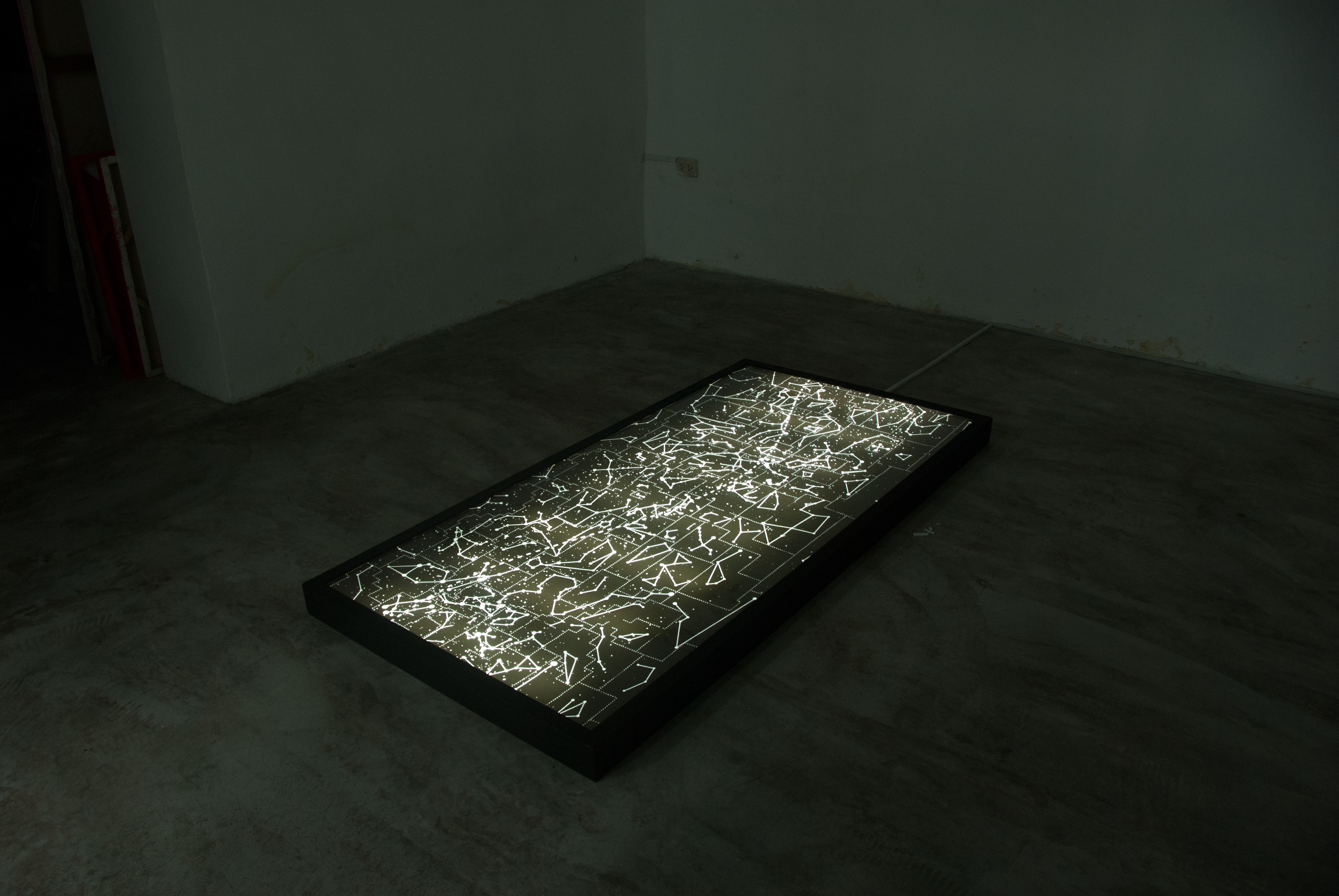

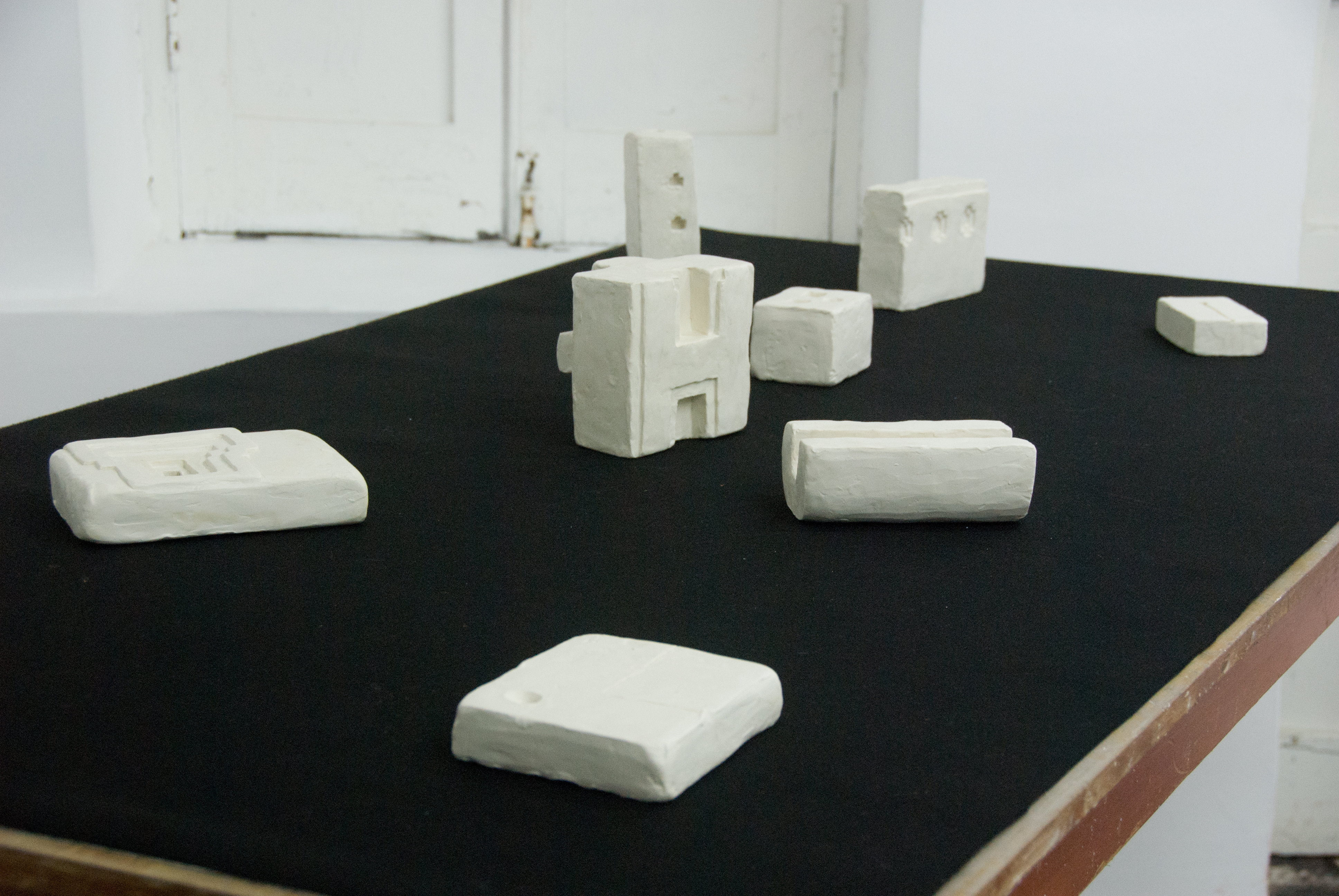

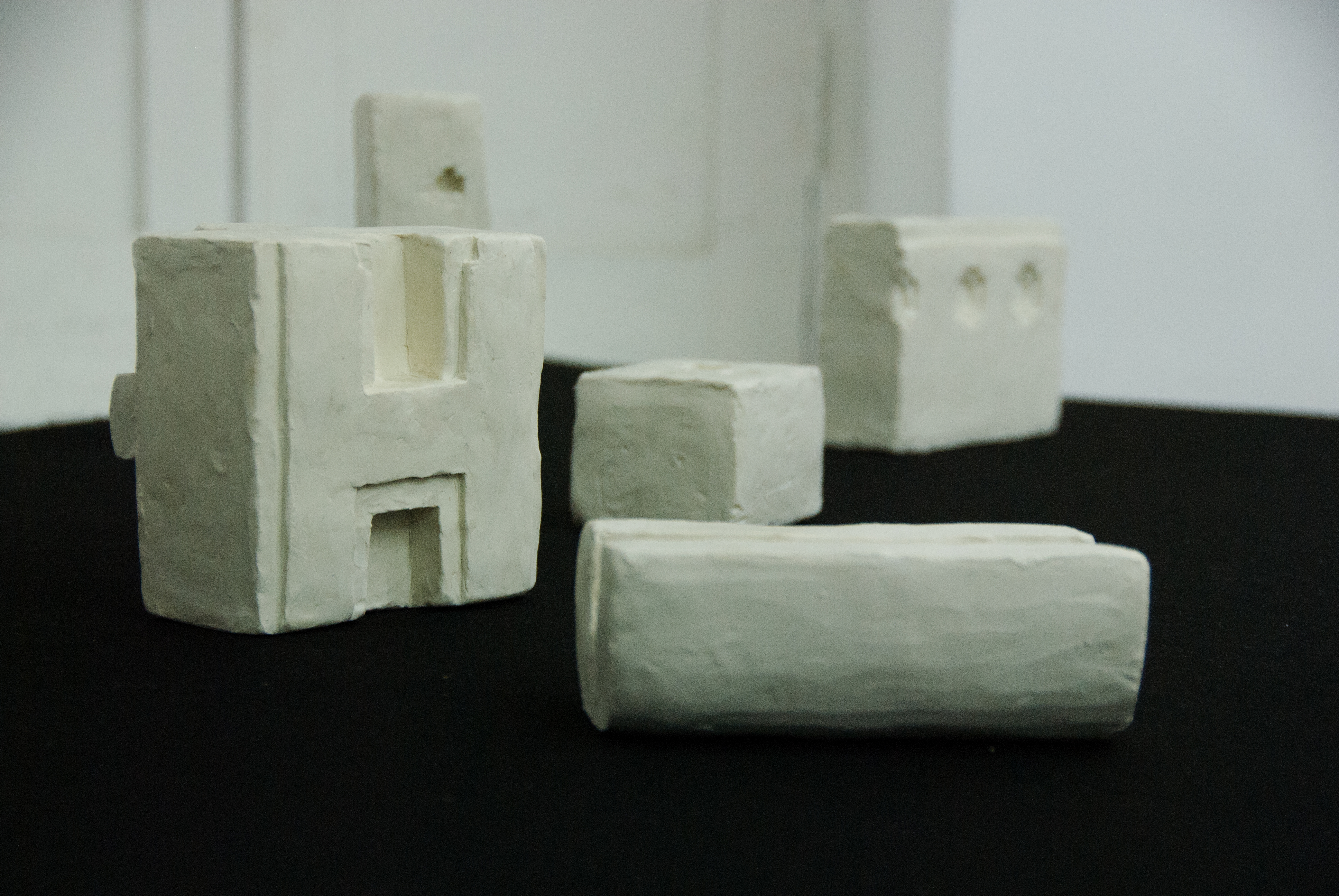


Prensa
Press
